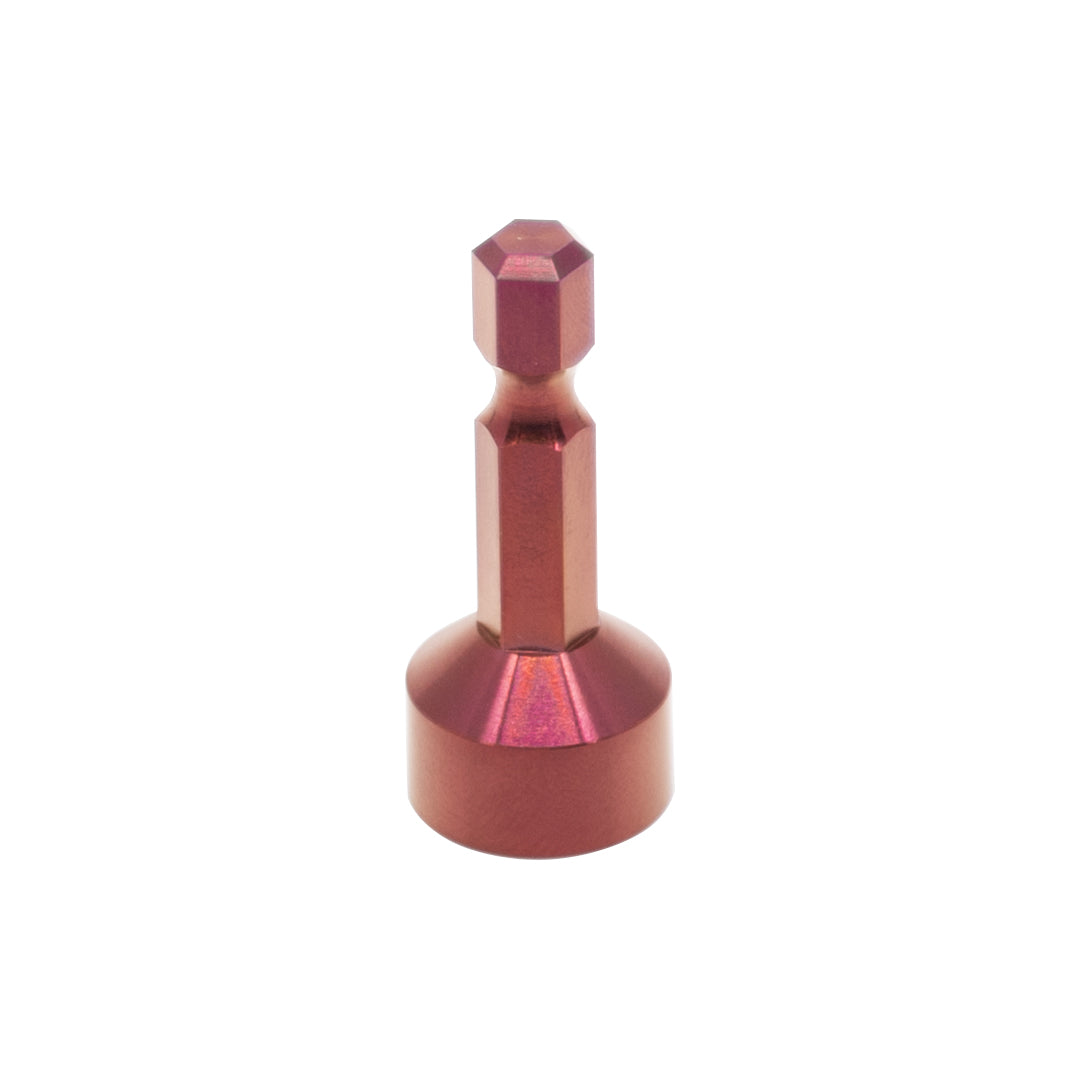I know the answer to the question "how tight should my jam nut be" is going to depend on liner length, caliber, fpe at the muzzle, whether the rifle is using o-rings as spacers between the liner and the barrel housing or a carbon fiber spacer instead. There are probably a lot of other things to take into consideration that I'm not even thinking of. And I know that a lot of the answers are going to be given in terms of how many turns after hand tight rather than torque specs -- either one is fine with me. I just need a sanity check.
I've got an fx maverick 30 cal sniper with a 1:18 twist liner and a carbon fiber spacer between the liner and the barrel housing. I'm shooting nsa 54.5 grain slugs at about 950 fps, but might go to 980 fps. Either way that's in the 109 fpe to 116 fpe range. The liner is trying to spin the slug to the right, but if the jam nut is too loose, then the liner will slip (spin) to the left. I want the jam nut to be tight enough to prevent the liner from slipping, but I don't want to bend my liner. I can't really tell if the liner is slipping or not and there doesn't seem to be any way to know for sure.
Currently I'm tightening my jam nut 1/16th of a turn after fully hand tightening, but I'm wondering if that's really enough -- is 1/8th of a turn OK without bending the liner?
The FX motto "not too tight -- not too loose" causes irreversible insanity.
stovepipe
I've got an fx maverick 30 cal sniper with a 1:18 twist liner and a carbon fiber spacer between the liner and the barrel housing. I'm shooting nsa 54.5 grain slugs at about 950 fps, but might go to 980 fps. Either way that's in the 109 fpe to 116 fpe range. The liner is trying to spin the slug to the right, but if the jam nut is too loose, then the liner will slip (spin) to the left. I want the jam nut to be tight enough to prevent the liner from slipping, but I don't want to bend my liner. I can't really tell if the liner is slipping or not and there doesn't seem to be any way to know for sure.
Currently I'm tightening my jam nut 1/16th of a turn after fully hand tightening, but I'm wondering if that's really enough -- is 1/8th of a turn OK without bending the liner?
The FX motto "not too tight -- not too loose" causes irreversible insanity.
stovepipe
